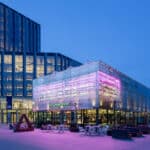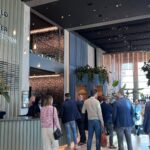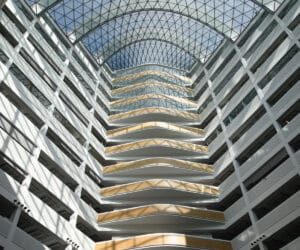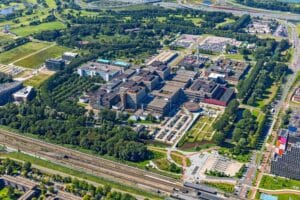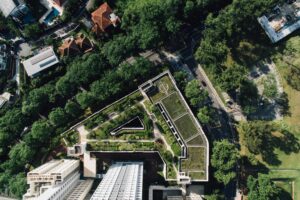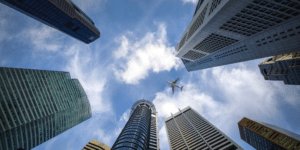
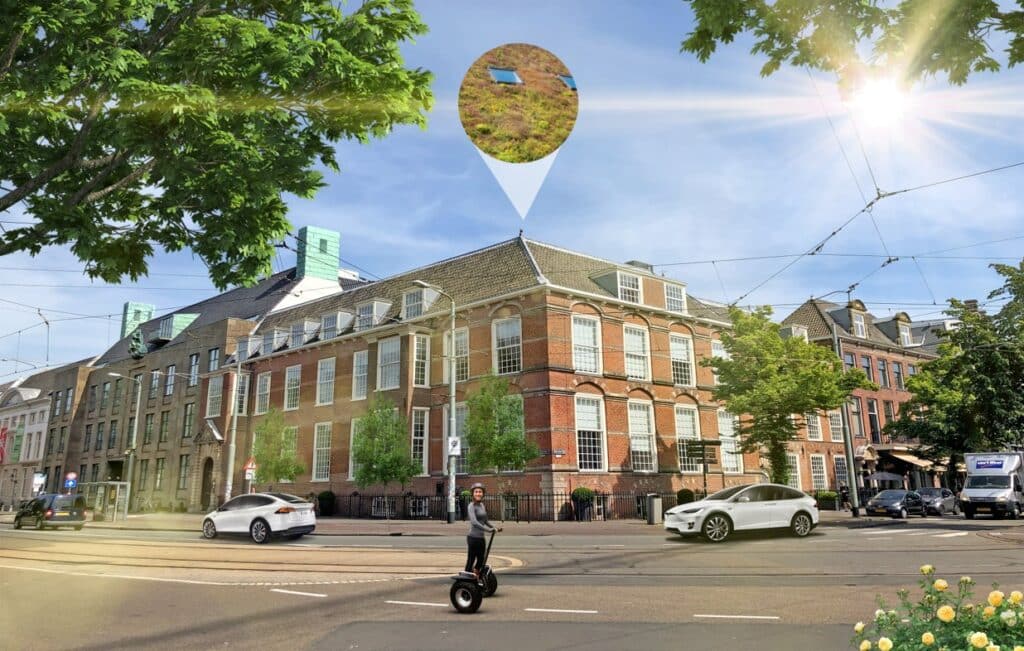
Series: Making your building more sustainable – conclusions
So many people, so many opinions, to start with a platitude. And it’s certainly the case when it comes to sustainability. We started our blog series “Making your building more sustainable” with the aim of clearly indicating the steps you need to take if you want to start making your buildings more sustainable. It is a blog series written by seven people, all colleagues, working at the same company. All consultants with a lot of experience in sustainability. And yet all with slightly differing opinions. Is that strange? No, you see this happening everywhere when the right approach to sustainability is being discussed. Is it bad? No, not that either. There is no single righteous way in which your building can be made sustainable. Fortunately not! All roads lead to Rome, just to use another platitude.
Sustainability is becoming more and more important
Despite the fact that COVID-19 still seems to dominate the news and mindset, sustainability fortunately remains a hot item. In fact, due to the one-and-a-half metre standard and the emphasis on health within buildings, sustainability is becoming increasingly important. After all, sustainability goes hand in hand with the health of buildings, because only buildings that contribute to the well-being of their users are exploited optimally.
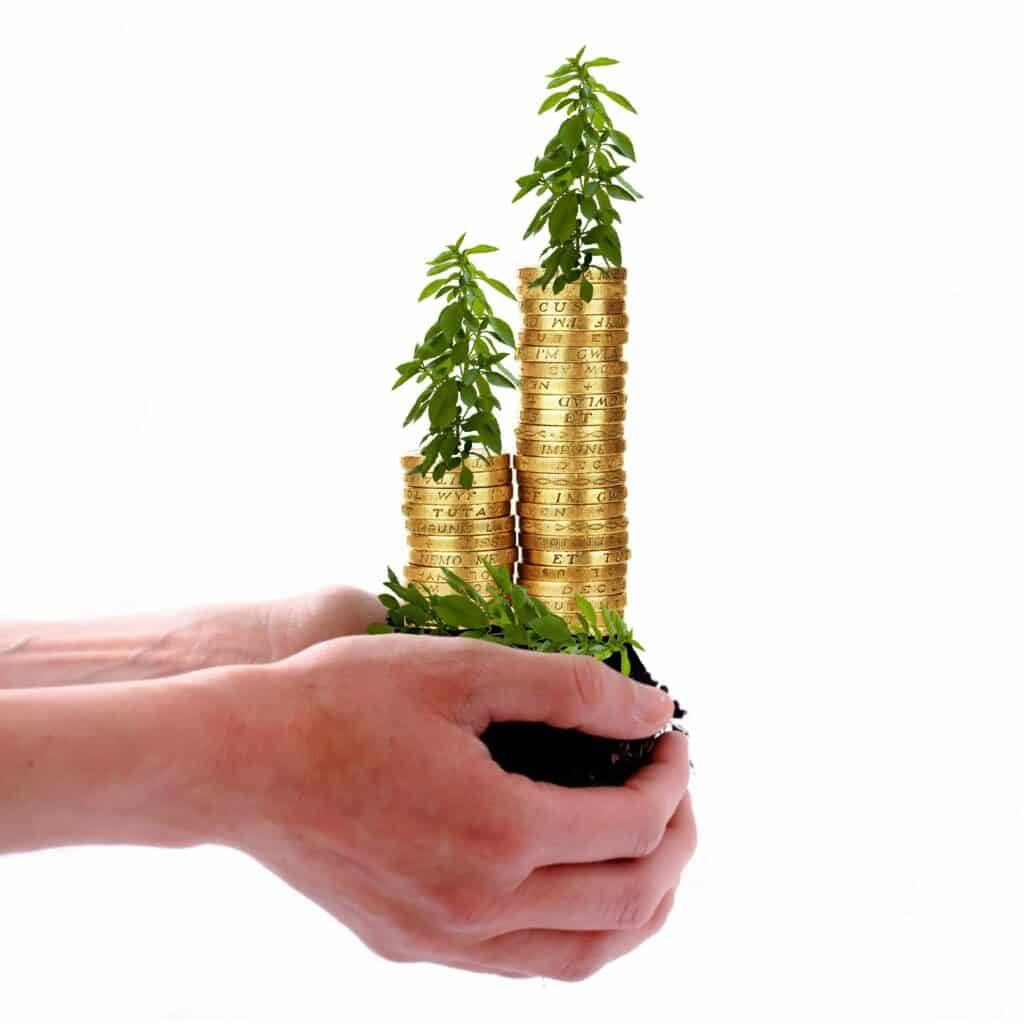
Although this is often not laid down in specific terms, a logical first step in the case of sustainability is to consider why you would want to make a building more sustainable. Is it about environmental improvement? Do you want to reduce your energy bill, improve the indoor climate or is it mainly about visible sustainability? Fortunately, the one does not have to rule out the other. It is important, however, that you set certain goals and then include them in a multi-annual planning with budgets.
Different fields of vision
Within the series, we highlighted the follow-up approach from four different fields of vision. Namely: the real estate manager, home owner/tenant, user and financier. The methods of sustainability differ from each other in this respect. A financier mostly wishes to provide an indirect boost, while a real estate manager will mainly focus on systems, general spaces and contracts. And in addition to energy savings, health and comfort are particularly important to the user. Nevertheless, a general approach is characterised by achieving quick wins first: taking measures with a short payback period so that extra budget is freed up. With this extra budget, the slightly larger investments can be made (e.g. LED lighting, solar panels and energy-efficient equipment). The really large investments are best included in the maintenance plans at natural moments in the building’s life cycle/maintenance cycle.
And last but not least: continue monitoring
Finally, it is vital to keep the circle closed: sufficient feedback and monitoring is important, because this ensures that targets and progress are clear. Consultation between tenants and the owner is also important. In this way, it is clear to everyone at any time what still needs to be done and how eventually the sustainability of your building will be achieved.
Do you want to know more about making your property more sustainable or do you have questions about this article? Please contact us or read the entire blog series.

